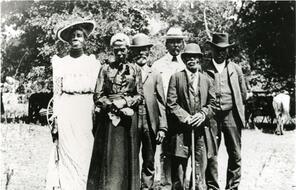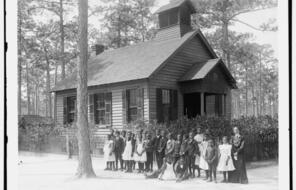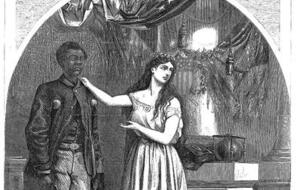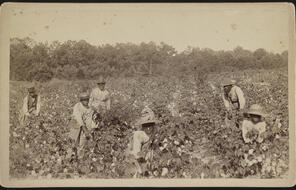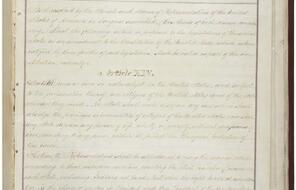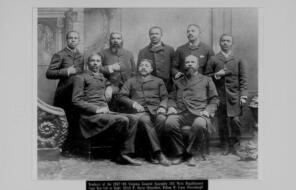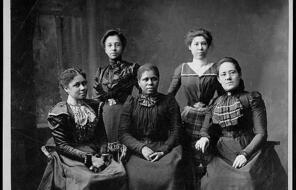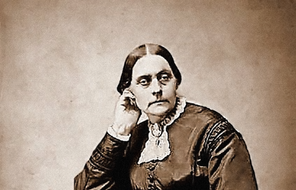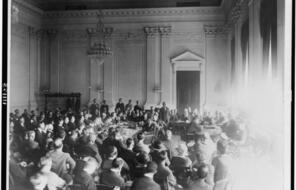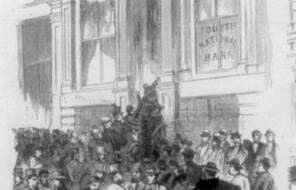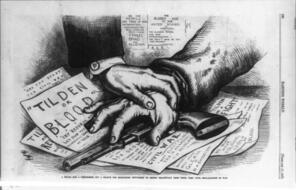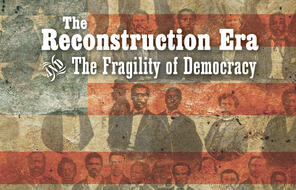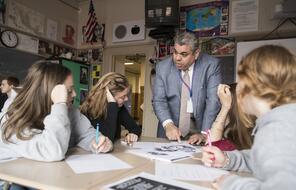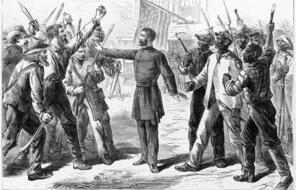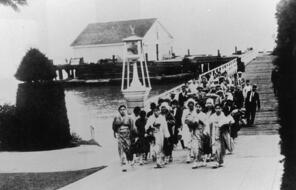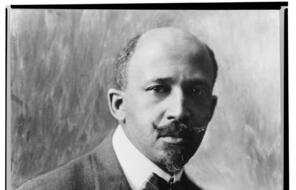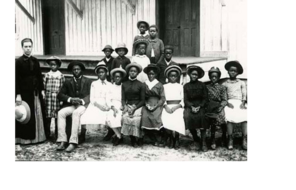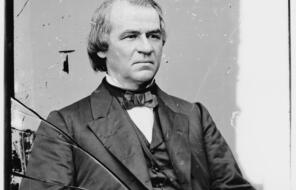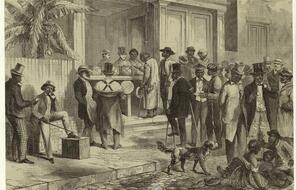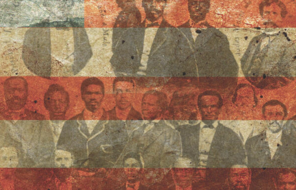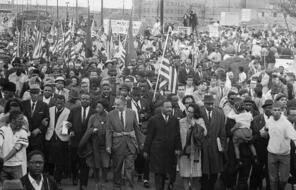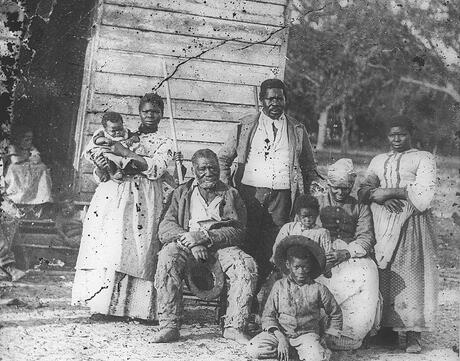
The Reconstruction Era 3-Week Unit
At a Glance
Language
English — USSubject
- History
Grade
9–12- Democracy & Civic Engagement
- Human & Civil Rights
- Racism
Overview
About This Unit
This 13-lesson unit, adapted from our Reconstruction Era book and part of a larger collection on the history of the Reconstruction era, is designed to fit within approximately three weeks. In this unit, students investigate the challenges of creating a just democracy in a time of deep division.
The resources included here have been selected and sequenced to deepen students’ ethical and moral reasoning, challenge their critical thinking and literacy skills, and engage them in a rigorous study of history. Each lesson includes guiding questions, pedagogical rationales, historical overviews, resources to use in your classroom (documents, images, videos, websites, etc.), and activity suggestions.
This unit supports Facing History's US History Curriculum Collection: Democracy & Freedom. The flexible units, C3-style inquiries, and case studies in this collection help you explore themes of democracy and freedom throughout your US history course.
Preparing to Teach
A Note to Teachers
Before teaching this unit, please review the following information to help guide your preparation process.
Lesson Plans
Materials and Downloads
Quick Downloads
Get Files Via Google
The Reconstruction Era 3-Week Unit
We the People: Expanding the Teaching of the US Founding
Angel Island Immigration Station: Exploring Borders and Belonging in US History
Additional Resources
Unlimited Access to Learning. More Added Every Month.
Facing History & Ourselves is designed for educators who want to help students explore identity, think critically, grow emotionally, act ethically, and participate in civic life. It’s hard work, so we’ve developed some go-to professional learning opportunities to help you along the way.
Exploring ELA Text Selection with Julia Torres
On-Demand
Working for Justice, Equity and Civic Agency in Our Schools: A Conversation with Clint Smith
On-Demand
Centering Student Voices to Build Community and Agency
On-Demand

